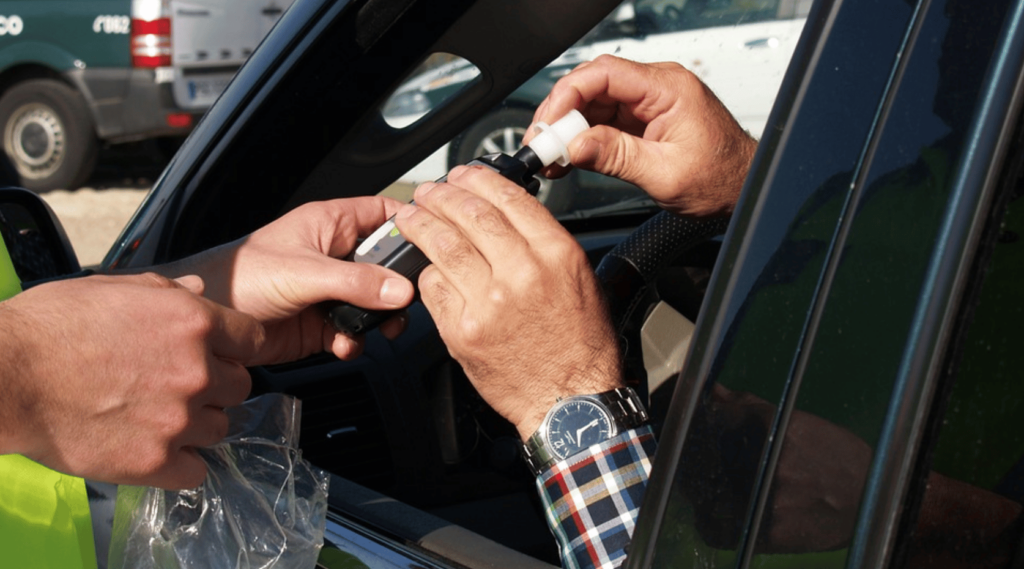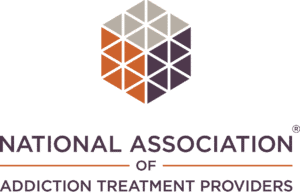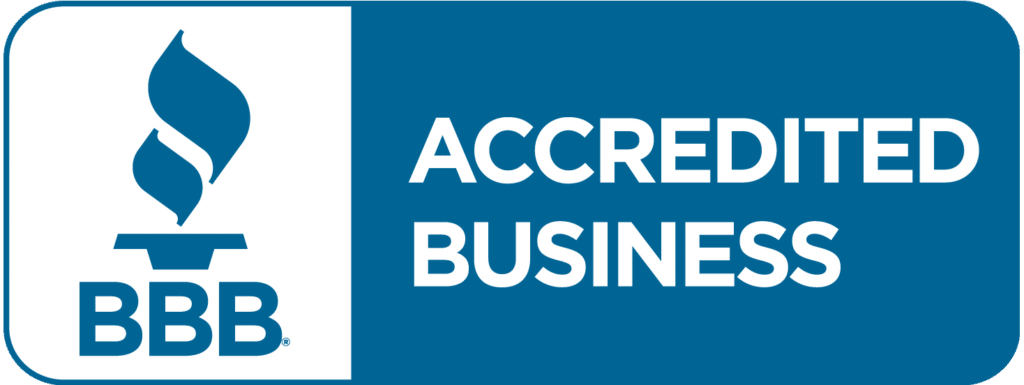What Are Benzodiazepines?
What are benzodiazepines? Benzodiazepines, also called benzos, are a particular class of drugs with similar effects. Benzodiazepines are controlled substances, available by prescription if you have a qualifying medical condition.
They’re for the treatment of anxiety, insomnia, and seizures. Short-term use is somewhat safe, but long-term treatment or use can lead to harmful effects, including dependence and addiction, according to the National Institute on Drug Abuse.
Why Are Benzodiazepines Prescribed?
When you take a benzodiazepine drug, it changes neurons’ activity, triggering anxiety and stress responses. FDA approved uses for benzodiazepine medication include:
- Generalized anxiety disorder
- Social anxiety disorder
- Epilepsy and other seizure disorders
- Panic disorder
- Insomnia
Off-label uses for these types of medications can include tic disorders, bipolar disorder, and the management of alcohol withdrawal symptoms.
Common benzodiazepines include:
- Alprazolam for the treatment of panic and anxiety disorders
- Chlordiazepoxide (Librium) for the treatment of anxiety symptoms and alcohol withdrawal
- Clonazepam, which is for seizure and panic disorders
- Lorazepam, that can help with seizures and anxiety and may be given as part of anesthesia
- Temazepam for insomnia and sleep disorders
- Diazepam for panic attacks, insomnia and sleep disorders, alcohol withdrawal, seizures, and restless leg syndrome
Valium and Xanax are two of the most common brand name drugs in this category.
How Do Benzodiazepines Work?
When someone takes a benzo, it’s a fast-acting medicine to reduce anxiety. There are sedative effects, and these drugs are calming, which is why they’re often for panic attacks and severe short-term anxiety.
Most benzos start working quickly—within around 30 minutes to an hour after taking them. They tend to leave your system reasonably quickly also—the peak effects will wear off within a few hours for most people.
When you take this anti-anxiety medication, it impacts neurotransmitters as the mechanism of action. Neurotransmitters are chemical brain messengers. The action of benzodiazepine increases the effects of GABA, a neurotransmitter responsible for calming brain activity and slowing the central nervous system.
Common symptoms include:
- Drowsiness and fatigue
- Slurred speech
- Confusion
- Problems concentrating
- Alcohol sensitivity
- Vertigo
- Feeling lightheaded
- Slow movement or muscle weakness
- Memory impairment
- Muscle spasms
- Dry mouth
- Blurred vision
- Increased risk of falls
- Depression, symptoms of other mental disorders, or cognitive impairment
Less common side effects may include low blood pressure, tremors, double vision, and headaches. Some people may experience serious adverse effects, including behavioral changes, delirium, and risk of dependence. There’s also some evidence that long-term use could contribute to cognitive decline, but more research is needed.
Benzodiazepine Addiction and Physical Dependence
Someone who uses benzos, particularly over a long period, may experience physical and behavioral effects of addiction and dependence. As you take these drugs for longer periods, a tolerance may develop. As you become tolerant, you need larger doses to achieve your desired effects.
With tolerance can come both addiction and independence. A substance use disorder diagnosis will include at least two of a possible 11 symptoms within one year. These diagnostic symptoms can consist of:
- Taking the drug for a more extended period of time than you intend or taking more than you mean to.
- Spending a lot of time obtaining the drug, using it, or recovering from the effects.
- If you aren’t currently on the drug, you may have withdrawal symptoms.
- The development of tolerance, or needing more to get the same effects, is a diagnostic criterion for substance use disorder.
- You continue using the substance despite known adverse effects.
- Your performance at home, school, or work is impaired because of the use of the drug.
Behavioral signs of benzo addiction can include withdrawal from friends and family, changes in routine or behavior, and doing uncharacteristic things to get more of the drug, such as stealing.
If you develop an addiction to a drug like Xanax or Valium, using it is no longer in your control. Drugs affect specific areas of your brain that play a role in your reward cycle. When a drug triggers that reward cycle, you experience severe cravings and continue to use it even if you don’t necessarily want to.
Benzodiazepine dependence is a physical situation that often occurs with psychological addiction, but not always. You can be dependent on benzos without having a diagnosable addiction.
When you’re dependent on a benzo, your body needs it to maintain a sense of “normalcy.” If you stop using the drug suddenly, known as going cold turkey, you will experience benzodiazepine withdrawal syndrome.
To avoid addiction and dependence, it’s important never to use these substances recreationally. You should only use them with a valid prescription and under the supervision of a qualified medical provider. Even then, there are risks of addiction and dependence, but they’re lower than is the case with recreational use.
Avoid benzodiazepine abuse by doing the following:
- Only use these drugs if your doctor prescribes them
- Telling your doctor anything else you take, including over-the-counter medicines and supplements, because interactions are possible
- Following all of your healthcare provider’s instructions
- Not using the drugs any longer than what your doctor instructs you to
- Never change your dosage without speaking to your doctor
- Not combining opioids or alcohol with the benzos
- Don’t take another person’s drugs
- Keep all medications out of reach of children
Symptoms of Benzo Withdrawal
There can be a range of mild to severe withdrawal symptoms associated with these prescription medications.
The severity of symptoms you might experience during withdrawal from benzodiazepine dependence can vary significantly based on individual health and characteristics. Other factors impacting the severity of withdrawal symptoms include the dose of the drug you regularly use and how long you’ve been using it.
Whether you use short-acting benzodiazepines or long-acting benzodiazepines can affect the timeline and symptoms of withdrawal.
Possible benzodiazepine withdrawal symptoms and withdrawal effects include:
- Rebound anxiety
- Panic
- Agitation
- Restlessness
- Dizziness
- Tremor
- Fatigue
- Sleep disturbances
- Shortness of breath
- Sweating
- Muscle cramps
- Stomach pain and gastrointestinal problems
- Seizures
- Hallucinations
- Muscle pain
- Headaches
If you use daily doses of benzos for more than two weeks, even at therapeutic doses, your chances of experiencing withdrawal symptoms start to go up. Even just using them for three to four weeks can lead to withdrawal symptoms. To avoid withdrawal, you should do a supervised taper rather than abrupt cessation, which can be dangerous.
There are a few phases of the withdrawal process.
The immediate phase of the symptoms of benzodiazepine withdrawal is when rebound symptoms occur. Rebound symptoms are when you may notice the symptoms that you initially took the drug to treat start to re-appear and sometimes are more severe than they were before. For example, you may experience insomnia in the early phase of benzodiazepine withdrawal.
Acute withdrawal usually begins within a few days after the last dose, and symptoms can last anywhere from five to 30 days or sometimes several months.
Another possible phase of withdrawal is protracted withdrawal. Not everyone experiences this, but ongoing symptoms can include depression, mood swings, anxiety, poor concentration, and loss of sex drive.
These symptoms can impact your quality of life, but medications and targeted therapies can help you during the withdrawal period.
Are You Struggling with Benzos?
If you’re struggling with addiction or dependence on a drug like Xanax, please reach out to our treatment center by calling 408-547-4089. Members of the Silicon Valley Recovery team are available any time to answer questions you have and help you discover more about treatment plans and programs that will work for you as an individual. This includes the treatment of benzodiazepine withdrawal and comprehensive addiction treatment.










